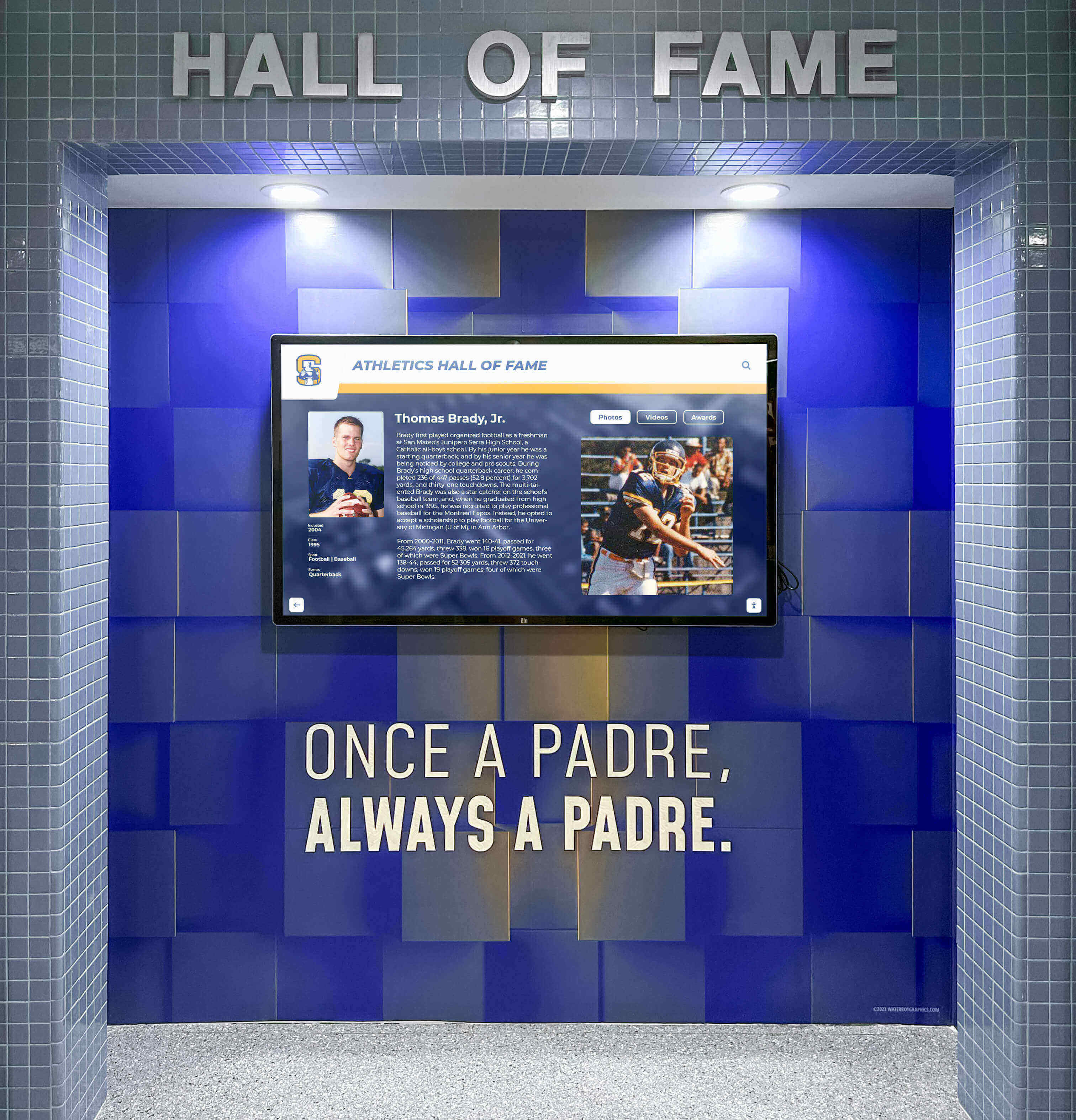Key Takeaways
Discover the all-time best Boston Celtics players who built the NBA's most storied franchise. From Bill Russell to Larry Bird, explore the legends who defined excellence.
The Center Position: Bill Russell
No discussion of Celtics greatness begins anywhere but with Bill Russell, who fundamentally redefined what winning looks like in professional basketball. During his 13-year career from 1956 to 1969, Russell led Boston to an unprecedented 11 NBA championships, including eight consecutive titles from 1959 to 1966.
Russell's statistical achievements remain staggering:
- Five-time NBA MVP in an era dominated by offensive stars
- 12-time All-Star representing the franchise's elite standard
- Career averages: 15.1 points, 22.5 rebounds, 4.3 assists per game
- Defensive dominance: Revolutionized shot-blocking as a defensive weapon
- Player-coach: First Black head coach in NBA history (1966-1969)
Beyond statistics, Russell's impact transcended basketball. He competed during the civil rights movement while maintaining unwavering focus on team success over individual accolades. His philosophy that championships mattered more than personal statistics created a winning culture that defines the Celtics to this day.
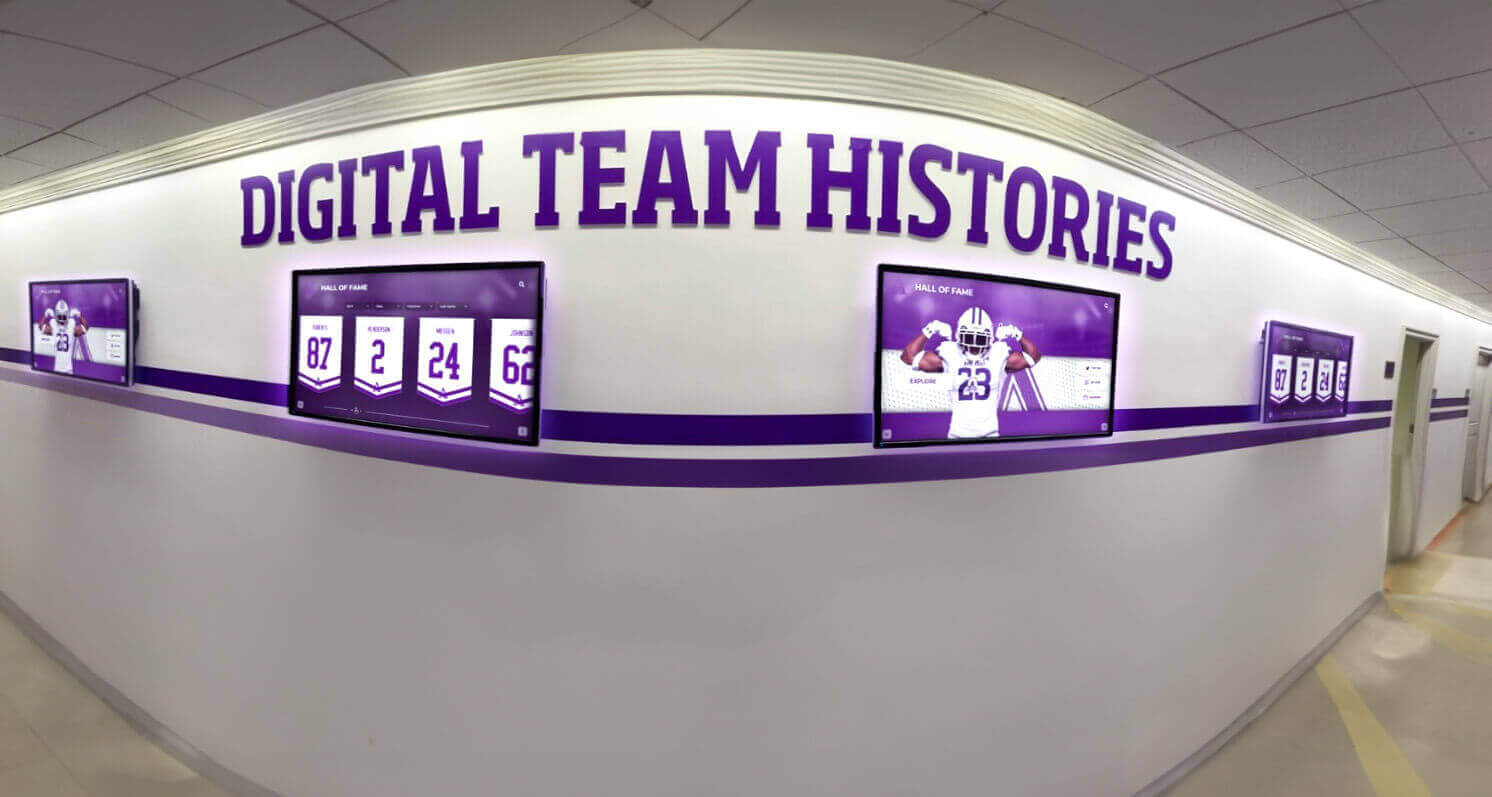
Russell’s defensive genius cannot be overstated. In an era when blocked shots weren’t officially recorded, teammates and opponents estimated he averaged 8-10 blocks per game throughout his career. He understood defensive timing, positioning, and team concepts decades ahead of his contemporaries. His ability to protect the rim while sparking fast breaks made Boston’s transition offense lethal.
The player-coach chapter of Russell’s career demonstrated his basketball intellect. Leading the team to championships in 1968 and 1969 while playing at an elite level showcased unique leadership capabilities that placed him among sports’ greatest competitors across any discipline.
The Power Forward Position: Larry Bird
Larry Bird arrived in Boston in 1979 and immediately transformed a franchise that had fallen from championship contention. Over 13 seasons, Bird’s complete game, competitive fire, and clutch performances restored the Celtics to prominence during the 1980s rivalry era that revitalized the entire NBA.
Bird’s Comprehensive Excellence
🏆 Championship Success
Three NBA championships (1981, 1984, 1986) leading arguably the greatest team of the 1980s. Bird's ability to elevate teammates made every roster better.
🎯 Individual Honors
Three consecutive MVP awards (1984-86), 12 All-Star selections, and nine All-NBA First Team honors demonstrate sustained excellence throughout his career.
💪 Statistical Dominance
Career averages of 24.3 points, 10.0 rebounds, and 6.3 assists showcase his complete all-around game that few forwards have matched.
📚 Basketball IQ
Bird's court vision, passing creativity, and strategic understanding made him a coach on the floor who consistently made winning plays.
Organizations that celebrate basketball excellence often feature comprehensive recognition displays similar to those used for basketball record boards that document legendary performances.

Bird’s clutch gene separated him from contemporaries. In decisive moments, he demanded the basketball and consistently delivered. His legendary trash talk backed by performance created psychological advantages before games began. Opponents knew Bird would hit crucial shots, yet stopping him remained nearly impossible.
The 1986 Celtics team featuring Bird at his peak is frequently cited among the greatest NBA teams ever assembled. Bird averaged 25.8 points, 9.8 rebounds, and 6.8 assists while shooting 48.8% from the field during that championship season. His leadership of that dominant squad demonstrated his ability to be the best player on basketball’s best team.
The Small Forward Position: John Havlicek
John Havlicek’s 16-year career (1962-1978) bridges the Russell dynasty with the later Bird era, establishing him as perhaps the most versatile and durable Celtic ever. “Hondo” won eight NBA championships and remained consistently excellent across different roster configurations and coaching systems.

Havlicek's Remarkable Consistency
Athletic programs recognizing versatile excellence often implement comprehensive systems like college athletics hall of fame displays that celebrate multi-dimensional contributions.
Havlicek’s greatest attribute was his motor. He never stopped moving, running opponents into exhaustion while creating opportunities through constant motion. His conditioning was legendary even among elite athletes. Teammates marveled at his ability to maintain maximum effort for entire games across long seasons and deep playoff runs.
His role versatility allowed Boston to deploy him as both a sixth man during early championship years and later as a starting forward and primary scoring option. This adaptability made him invaluable across roster transitions. When Russell retired, Havlicek seamlessly assumed greater offensive responsibilities while maintaining defensive excellence.
The iconic “Havlicek stole the ball!” call from the 1965 Eastern Conference Finals captures his knack for game-changing plays. Throughout his career, Havlicek delivered in crucial moments, earning reputation as one of basketball’s greatest clutch performers long before Bird arrived.
The Point Guard Position: Bob Cousy
Bob Cousy revolutionized the point guard position during the 1950s and early 1960s, bringing showmanship and creativity to an era dominated by set offenses and limited dribbling. His 13 seasons in Boston (1950-1963) established him as the league’s first true playmaking point guard and helped launch the Russell dynasty.
The Houdini of the Hardwood
- Six NBA Championships: Won titles from 1957-1963, forming the backcourt cornerstone of Boston's dynasty
- Eight Consecutive Assist Titles: Led the league in assists from 1953-1960, defining playmaking excellence
- 1957 NBA MVP: Recognition for elevating teammates and controlling game tempo
- 13 All-Star Selections: Every season of his Celtics career earned All-Star recognition
- Creative Pioneer: Popularized behind-the-back dribbles, no-look passes, and fast-break creativity
Recognition of pioneering athletes who transformed their sports often features in professional athlete recognition displays that celebrate innovation alongside achievement.

Cousy’s style was revolutionary for his era. While contemporaries focused on fundamental ball-handling and safe passes, Cousy treated the basketball like a performer’s prop, creating entertainment value that attracted new fans to the sport. His showmanship never compromised winning—Cousy understood when to dazzle and when to execute fundamental plays that championship situations required.
His partnership with Bill Russell changed basketball strategy. Cousy’s ability to push tempo and find Russell in transition or position created the prototype for modern point guard-center partnerships. Their two-man game proved nearly unstoppable, forcing opponents to adjust defensive schemes that opened opportunities for other teammates.
The Shooting Guard Position: Sam Jones
Sam Jones spent his entire 12-year career (1957-1969) with Boston, winning an extraordinary 10 NBA championships—second only to his teammate Bill Russell. Despite playing alongside dominant stars, Jones established himself as one of basketball’s greatest clutch scorers with a deadly bank shot that became his signature weapon.
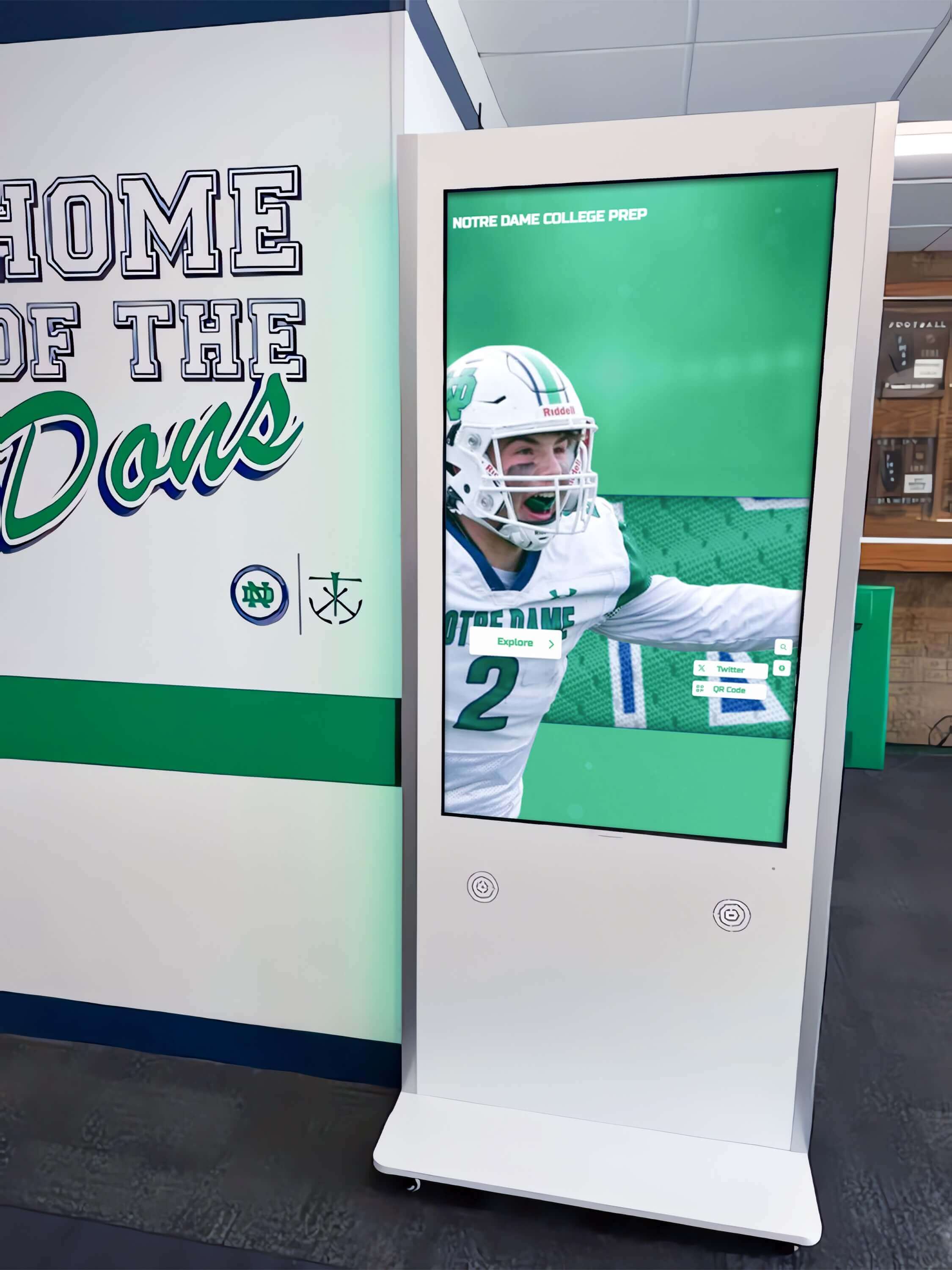
Jones possessed the rare ability to elevate his performance in playoff situations. His scoring averages consistently increased during postseason play, earning him the nickname “Mr. Clutch” among teammates. In critical possessions, Boston’s offense often featured isolation plays for Jones, who reliably delivered crucial baskets when championships hung in the balance.
His career playoff averages of 18.9 points per game exceeded his regular season 17.7 points, demonstrating his ability to rise to pressure situations. Jones understood that playoff basketball required different mindsets and skill applications than regular season games, adjusting his approach accordingly.
The bank shot that defined Jones’s offensive game was virtually unguardable. He mastered angles and touch on shots off the glass that defenders couldn’t contest effectively. This signature move gave Boston a reliable offensive weapon during tense playoff moments when creating good shots became difficult.
Beyond scoring, Jones provided excellent perimeter defense during an era when guards needed to play both ends. His two-way contributions allowed Boston to maintain defensive integrity while having a scoring threat who could take over games offensively when needed.
Honorable Mentions: Worthy of Recognition
Other Celtics Legends
Championship Era Stars
- Dave Cowens: Two championships (1974, 1976), 1973 MVP, intense competitor who redefined center position
- Kevin McHale: Three championships, seven All-Star selections, most unstoppable low-post scorer of 1980s
- Robert Parish: Three championships, nine All-Star selections, pillar of 1980s frontcourt alongside Bird and McHale
- Paul Pierce: 2008 championship, Finals MVP, franchise's third all-time leading scorer
Modern Excellence
- Kevin Garnett: 2008 championship, Defensive Player of Year, transformed team culture upon arrival
- Ray Allen: 2008 championship, greatest three-point shooter of his generation, clutch playoff performer
- Rajon Rondo: 2008 championship, four All-Star selections, elite playmaker and defender
- Jo Jo White: Two championships (1974, 1976), 1976 Finals MVP, smooth-scoring guard
Modern athletic programs that honor comprehensive team history often use sports hall of fame structures that recognize contributors across different eras and positions.
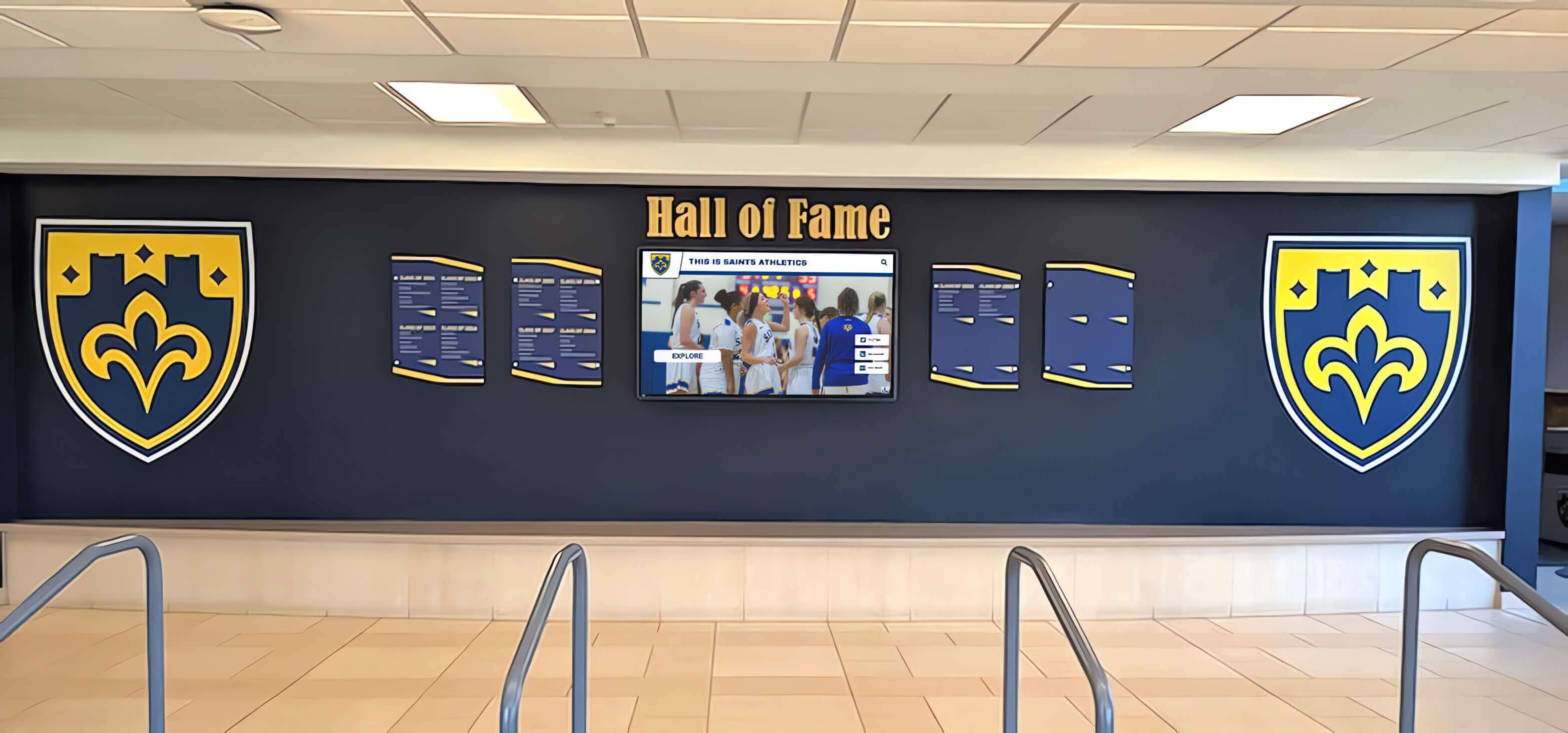
Each player who donned Celtics green contributed to franchise legacy, but these additional legends warrant special recognition for their roles in championship success and individual excellence. The depth of talent throughout Celtics history makes selecting just five players for an all-franchise team extraordinarily difficult.
Dave Cowens brought ferocious intensity to the center position during the mid-1970s, leading Boston to championships in an era when the franchise needed to rebuild after Russell’s retirement. His willingness to battle larger centers while providing scoring and rebounding from the pivot proved essential to those championship teams.
Kevin McHale’s post game is still studied by coaches teaching fundamental low-post scoring. His footwork, counter moves, and ability to score against any defender made him virtually unguardable one-on-one. Playing alongside Bird and Parish, McHale accepted a complementary role early in his career before becoming a primary option in later years.
Robert Parish’s longevity and consistency provided stability to the 1980s championship teams. His mid-range shooting, shot-blocking, and professional approach to the game made him an ideal complement to the more emotional and vocal Bird. The “Big Three” frontcourt of Bird, McHale, and Parish is considered among the greatest in NBA history.
Paul Pierce carried the franchise through challenging years before the 2008 championship team assembled. His scoring ability, toughness, and loyalty to Boston earned him legendary status. His Finals MVP performance in 2008 validated years of individual excellence finally rewarded with championship success.
What Made These Players Special
The common threads connecting Celtics legends extend beyond statistics and championships. Certain qualities defined Boston’s greatest players across different eras.
Core Attributes of Celtics Greatness
Team-First Mentality
Prioritizing winning over individual statistics and accolades

Clutch Performance
Elevating play during crucial playoff moments and pressure situations

Leadership Quality
Setting standards through example and holding teammates accountable

Competitive Fire
Refusing to accept defeat and competing intensely in every game

Basketball IQ
Understanding strategy, making correct decisions under pressure

Longevity
Sustaining excellence across multiple seasons and playoff runs

These qualities created the “Celtic Mystique” that opponents feared and teammates embraced. The franchise’s culture of excellence attracted players who valued winning above personal glory.
The Celtics Culture of Excellence
Beyond individual talent, Boston established organizational standards that defined championship basketball. Red Auerbach’s coaching philosophy emphasized teamwork, defense, and fast-break offense. His ability to manage egos while keeping everyone focused on collective goals created sustainable success.
The franchise’s commitment to racial equality during the 1960s, though imperfect, demonstrated progressive leadership when much of America remained segregated. Starting five Black players in 1964—a first in professional sports—showed Auerbach’s commitment to winning trumped prevailing social prejudices.

This culture attracted players who wanted to compete for championships in an environment that valued intelligence, teamwork, and competitive excellence. Free agents chose Boston despite sometimes lower salaries because the championship culture and winning tradition held tremendous appeal.
The Celtic pride that developed across decades created self-perpetuating excellence. Young players joining Boston understood expectations immediately. Veterans taught rookies what wearing Celtic green meant. This cultural continuity across roster changes provided stability through coaching transitions and personnel turnover.
Recognizing Basketball Excellence
Organizations celebrating basketball heritage often implement comprehensive recognition systems that honor legendary contributors. Whether through traditional displays or modern interactive platforms, preserving athletic history creates connections across generations.
Schools and universities looking to recognize basketball achievement can learn from how professional franchises honor their greatest players. Comprehensive programs that celebrate individual excellence while emphasizing team success and cultural values create powerful educational tools that inspire current and future athletes.
Modern digital recognition platforms allow institutions to showcase extensive basketball history without physical space limitations. These systems can include game footage, statistical databases, interactive timelines, and multimedia content that brings historical achievements to life for new generations. Solutions like those provided by Rocket Alumni Solutions enable organizations to create engaging recognition displays that celebrate basketball excellence comprehensively.
For programs seeking to honor athletic achievement across multiple sports, comprehensive sports recognition approaches ensure all contributors receive appropriate celebration regardless of sport profile or historical era.
Legacy and Ongoing Excellence
The Boston Celtics’ all-franchise team represents more than five exceptional players—it embodies decades of championship basketball, cultural impact, and sustained organizational excellence. From Russell’s defensive dominance through Bird’s competitive fire and beyond, these legends defined what winning basketball looks like at the highest level.
Continuing the Tradition
Current and future Celtics players inherit a legacy of excellence that demands their best efforts. The banners hanging in TD Garden remind everyone who walks into the building what wearing green and white represents:
- Championship Standards: Seventeen NBA titles set the bar for organizational success
- Individual Excellence: Countless Hall of Famers demonstrate the caliber of talent Boston attracts
- Team-First Philosophy: Sacrificing personal glory for collective achievement
- Competitive Pride: Refusing to accept anything less than maximum effort
- Cultural Impact: Using athletic platform to advance social progress
This legacy continues inspiring players who seek to add their names to Celtics history.
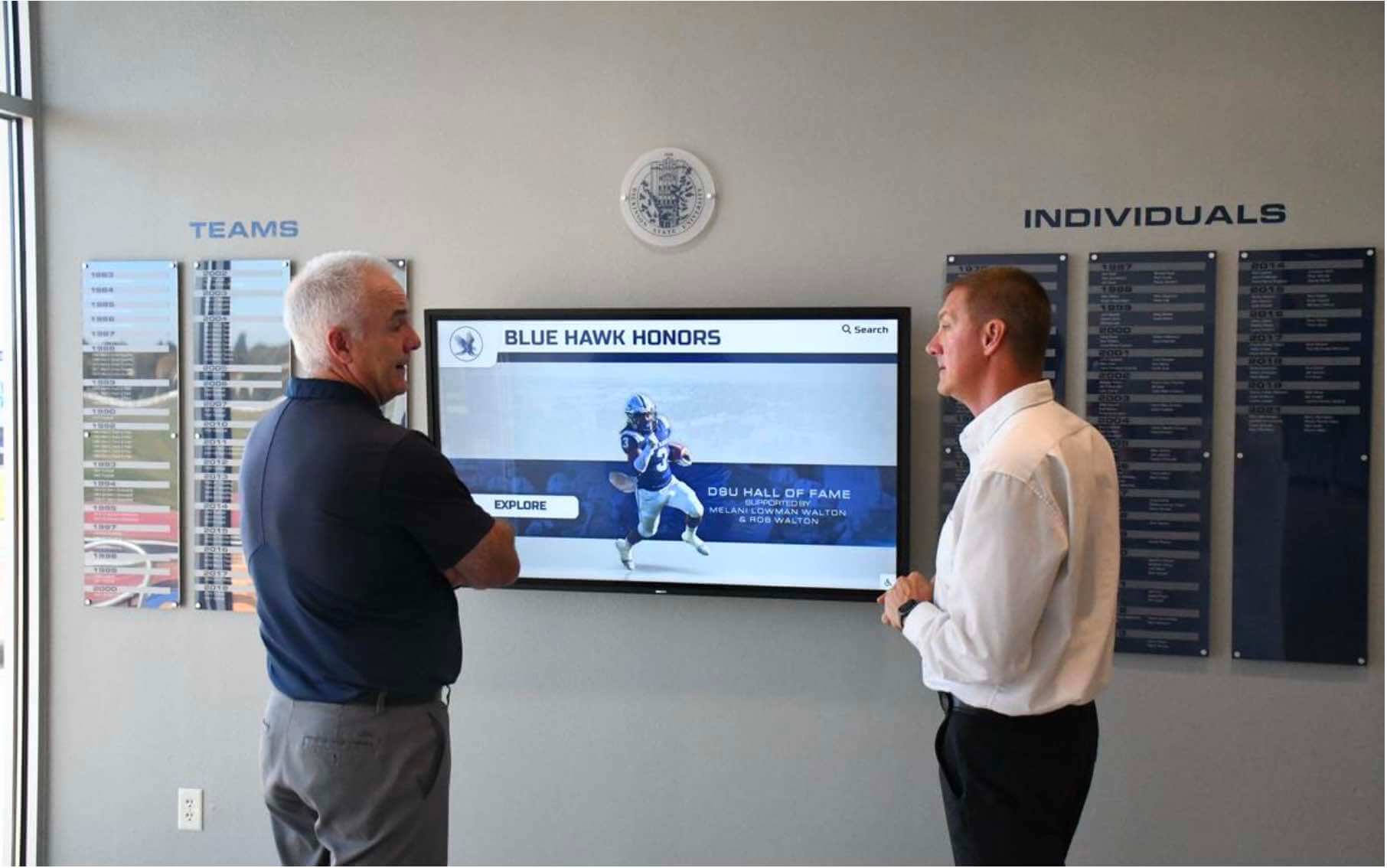
Building Recognition Programs for Basketball Excellence
Athletic departments seeking to celebrate basketball heritage can implement recognition systems that honor legendary players while educating current athletes about program standards. Effective recognition programs should document individual achievements comprehensively, celebrate championship success prominently, preserve historical context across different eras, incorporate multimedia content when possible, and remain accessible to players, alumni, and community members.
These programs serve multiple purposes beyond simple commemoration. They inspire current athletes by showing what dedication and excellence can achieve, engage alumni by celebrating their contributions permanently, educate younger generations about program history and traditions, build program pride that attracts recruits and retains talent, and create community connections through shared celebration of achievement.
For high schools and colleges building basketball recognition programs, examining how professional franchises honor their greatest players provides valuable models. The Celtics’ approach to celebrating excellence while maintaining team-first values offers lessons applicable to programs at any level.
Digital recognition displays allow organizations to showcase extensive basketball history including player profiles with statistics and achievements, video highlights of memorable performances, interactive timelines documenting program evolution, championship team rosters and accomplishments, and coach recognitions for program building and development. Platforms like interactive hall of fame systems provide engaging experiences that traditional static displays cannot match.
Conclusion
The Boston Celtics all-franchise team of Bill Russell, Larry Bird, John Havlicek, Bob Cousy, and Sam Jones represents basketball excellence at its highest level. These five legends combined for 38 NBA championships, countless individual honors, and immeasurable cultural impact that extended far beyond basketball courts.
Their collective achievements established Boston as professional basketball's premier franchise while defining what championship basketball requires: selfless play, competitive intensity, basketball intelligence, clutch performance, and sustained excellence across seasons and eras. Each player brought unique skills and personality while sharing core values that defined Celtic pride.
For current players, these legends represent standards to pursue. For alumni and fans, they embody cherished memories of championship parades and playoff victories. For basketball historians, they offer case studies in how individual excellence and team success can coexist at the highest levels of competitive sports.
The Celtics organization honors these legends appropriately, ensuring their contributions remain visible and celebrated for future generations. Their example continues inspiring new players who dream of adding their own banners to TD Garden's championship collection.
Organizations seeking to celebrate athletic excellence can learn from Boston's comprehensive approach to honoring legendary contributors. Whether recognizing professional athletes or celebrating local sports heroes, effective recognition programs preserve history while inspiring future achievement. Solutions like Rocket Alumni Solutions provide schools, universities, and athletic organizations with platforms to create engaging recognition displays that celebrate excellence appropriately while remaining accessible to communities worldwide.
